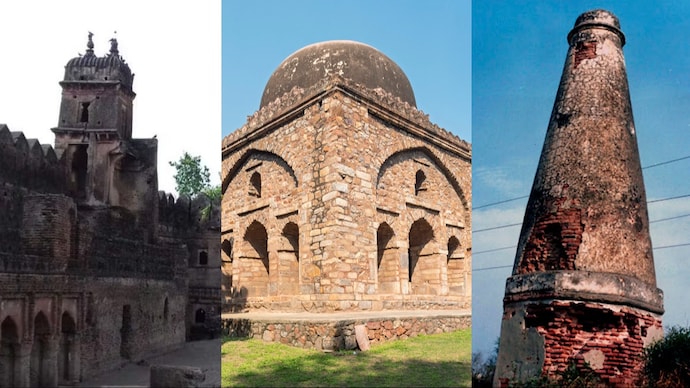Delisting of Monuments
The ongoing debate surrounding the delisting of monuments in India has intensified recently. A Parliamentary Committee has urged the Union Culture Ministry to establish an independent panel. This panel would reform the criteria for delisting a monument from the Archaeological Survey of India (ASI) protected list.
About Delisting of Monuments
Delisting a monument means it is removed from the ASI’s protective oversight. Consequently, it loses conservation and maintenance support. This process is governed by the Ancient Monuments and Archaeological Sites and Remains (AMASR) Act of 1958. Under this Act, the Central Government can declare a monument as no longer of national importance.
The AMASR Act and Its Provisions
The AMASR Act aims to preserve ancient monuments and archaeological sites. It regulates excavations and protects historical artifacts. Section 4 of the Act empowers the government to designate monuments as nationally . The National Monuments Authority (NMA) was established under the AMASR Amendment Act of 2010. Its role includes managing protected areas and granting construction permissions around these sites.
Challenges in Monument Protection
Several challenges hinder effective monument protection in India. The AMASR Act imposes uniform restrictions around monuments. This one-size-fits-all approach may not suit every monument’s unique needs. Smaller monuments often lack legal protection, making them susceptible to neglect. The ASI also faces limitations, including manpower shortages and budget constraints, which affect security and maintenance.
Recent Developments in Delisting
The ASI currently manages 3,698 protected monuments, including forts and temples. Recently, 18 untraceable monuments have been delisted. The Union Culture Minister brought into light ongoing efforts to protect the tomb of Aurangzeb amidst protests for its removal. The Parliamentary Committee has called for reforms in delisting protocols. It emphasises rigorous documentation and public consultation before any monument is delisted.
Recommendations for Improvement
The Committee suggests a multi-faceted strategy to enhance monument protection. Key recommendations include developing a GIS-based digital inventory for real-time monitoring. Biennial audits would increase accountability. Strengthening legal frameworks with stricter penalties for violations is also advised. This would streamline enforcement against encroachments and ensure heritage preservation amidst urban pressures.
Way Forward
To safeguard India’s cultural legacy, a balanced approach is essential. This includes integrating technology, legal frameworks, and community involvement. The ASI’s resources must be boosted to address the increasing pressures on protected monuments. By addressing systemic gaps in monument management, India can ensure the preservation of its rich heritage for future generations.
Month: Current Affairs - April, 2025
Category: Legal & Constitution Current Affairs








